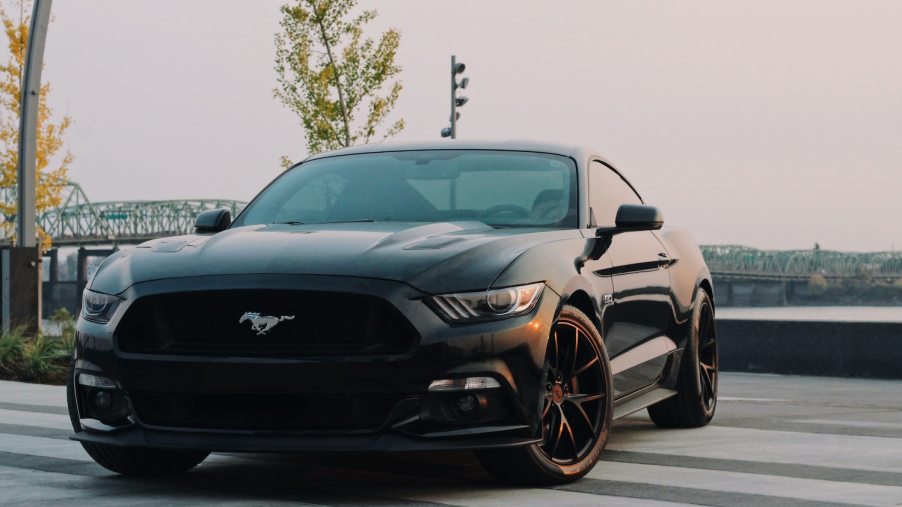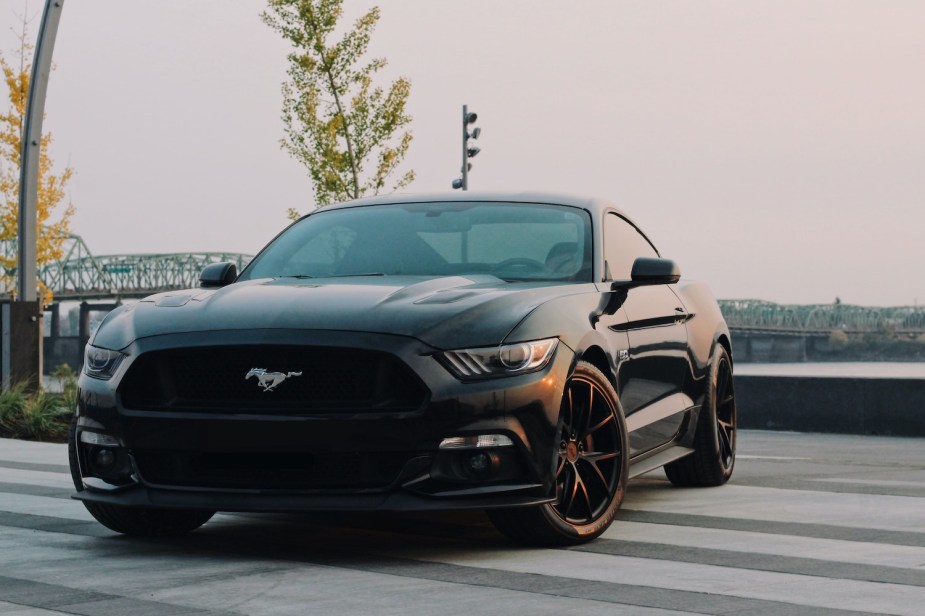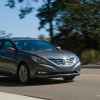
These Are the 3 Most Reliable Sports Cars to Buy In 2022, According to iSeeCars
Although speed and power may be at the top of any sports car shopper’s list, reliability is essential. Few wish to spend weekend hours wrenching away on problems when there’s thrilling driving to do. Additionally, it’s reassuring to know that a reliable sports car can last long enough to sell without losing too much of the purchase price.
Fortunately, automotive research firm iSeeCars recently compiled a list detailing dependable picks for eager buyers. After analyzing nearly 15 million used vehicles, the following are the three most reliable sports cars to buy this year.
Mazda MX-5 Miata— iSeeCars Reliability Score: 8.6
The most reliable sports car on sale today is Japan’s version of the classic British sportscar, reports iSeeCars. The two-seat roadster has a 2.0-liter four-cylinder providing a lean 181 horsepower and 151 lb-ft of torque. Although it’s the least powerful on the list, it weighs just over or under 2,400 lbs. depending on the trim level. With the reduced weight over its competitors, it’s much more chuckable in the corners for back-road barnstorming.
With a minimalist interior, there isn’t anything distracting drivers from the excitement of the Mazda’s agility. Yet, any trim level comes tastefully trimmed with high-quality materials. Given the Miata is the smallest on the list, it’s also the least expensive. The average new-car price is $32,414. A three-year-old MX-5 will fetch $31,038, proving they hold their value well.
Ford Mustang—iSeeCars Reliability Score: 8.5

The Ford Mustang has been in the hearts and minds of sports car lovers for almost 60 years. Although it has the same simple rear-wheel-drive platform as old, it wears its innovation well. The Mustang is now a reliable sports car that handles the bends and is not just a burn-out machine.
The standard engine is an impressive 2.3-liter turbocharged four-cylinder with 310 horsepower and 350 lb-ft of torque. However, the three V8 options are where the most fun is. Two 5.0-liter V8s will allot 460 horsepower or 480 horsepower, respectively, with at least 400 lb-ft of torque. The 5.2-liter supercharged V8 offered in the Shelby GT500 puts down a monstrous 760 horsepower and 625 lb-ft of torque.
While the Mustang may not provide the most comfortable ride, it boasts ease of use for any driver. The average price of a V8-equipped Ford Mustang is $49,128. However, shoppers can tuck into a three-year-old model for a reasonable $36,338.
Chevrolet Camaro— iSeeCars Reliability Score: 8.0
Third on iSeeCars’ list of the most reliable sports cars is the perennial competitor to America’s favorite muscle car. The Camaro has been General Motors’ version of a fast, relatively simple, inexpensive way of racing between stop lights. Chevrolet offers a choice of four engines, but two enjoy widespread popularity. The standard 2.0-liter turbocharged four-cylinder is rated for 275 horsepower and 295 lb-ft of torque. Those wanting much more grunt can select the top-of-the-line engine. Chevrolet’s 6.2-liter supercharged V8 provides a ground-pounding 650 horsepower and 650 lb-ft of torque.
Like the Mustang, the Camaro’s handling has improved considerably since its days as a lazy muscle car. With responsive steering and fantastic stability, it may not beat the Miata, but it will surprise anyone on a back road. Four-cylinder Camaros have a starting price of as little as $25,000. However, the larger-engine versions are pricier. The average new-car price for the Camaro is $51,646, but three-year-old examples are just a hair over $40,000.
Which reliable sports car should you buy?
The sports car a shopper may select depends on how the vehicle integrates into their life. For those who want an inobtrusive means of swift driving on curvy roads, the Mazda MX-5 Miata will suit those needs. Moreover, the Miata holds its value and features famed reliability, equaling a low financial footprint for ownership.
If a tire-shredding V8 is sought, look no further than the Mustang and the Camaro. Brand loyal holds a lot of weight on the differences between them. The four-cylinder configurations will allow drivers to achieve nearly 30 MPGs, and both have an everyday sense of usability.
Over the years, each has improved its handling capabilities immensely. Teamed with enough power to pull an airliner down a taxiway, both are exciting enough to turn any frown upside down.


